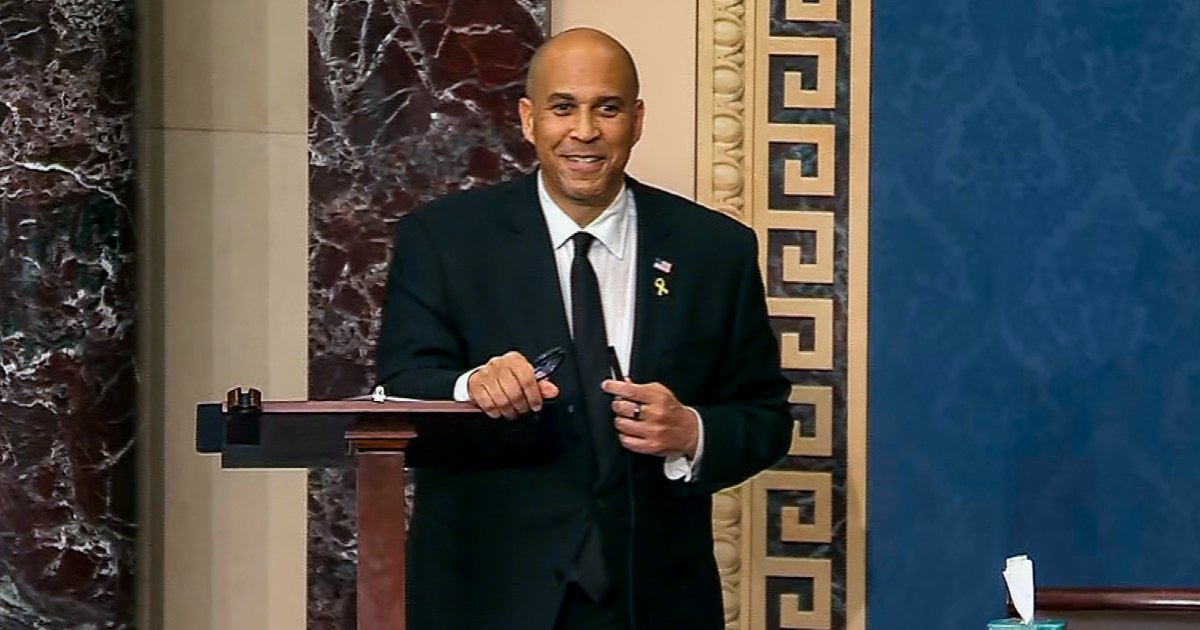
A UK-based company has announced plans for nuclear fusion-powered rockets that could reduce travel time across the solar system. Pulsar Fusion has been working on the project in secrecy for a decade and recently introduced the concept at the Space-Comm Expo in London. The company aims to test the technology this year and conduct an orbital demonstration by 2027. The rockets, called Sunbirds, are designed to propel spacecraft at high speeds using nuclear fusion. Experts believe that if the technology works, it could transform space exploration. However, some remain sceptical about its feasibility.
Technology Behind the Sunbird Rockets
As reported, the rockets will use a Duel Direct Fusion Drive (DDFD) engine. This system is designed to generate thrust by fusing deuterium and helium-3. Unlike conventional fusion reactors, the DDFD would produce charged particles that could be directly used for propulsion. The company claims that this technology could cut the journey to Mars in half and reduce the travel time to Pluto to just four years. However, the fusion process has not yet been successfully tested in space.
Challenges and Expert Opinions
In an interview with Live Science, Paulo Lozano, an astronautics professor at the Massachusetts Institute of Technology, expressed doubts about the project. He stated that fusion technology remains complex and has not yet been mastered for compact systems like these rockets. Richard Dinan, CEO of Pulsar Fusion, responded by saying that fusion in space is easier to achieve because the vacuum eliminates many of the challenges faced on Earth. The company plans to test the propulsion system this year, though initial trials will use inert gases instead of helium-3 due to its high cost.
Future Plans and Potential Hurdles
Pulsar Fusion hopes to create a fleet of Sunbird rockets that can be reused multiple times. These rockets would be stationed in orbit and attach to spacecraft, helping them reach deep space. This approach could lower costs for long-distance missions. However, one of the biggest challenges is sourcing helium-3, which is rare and expensive. Some experts suggest that mining helium-3 from the Moon could be a solution, but no such plans are in place yet. The company has not set a timeline for when a fully functional Sunbird prototype will be ready.







